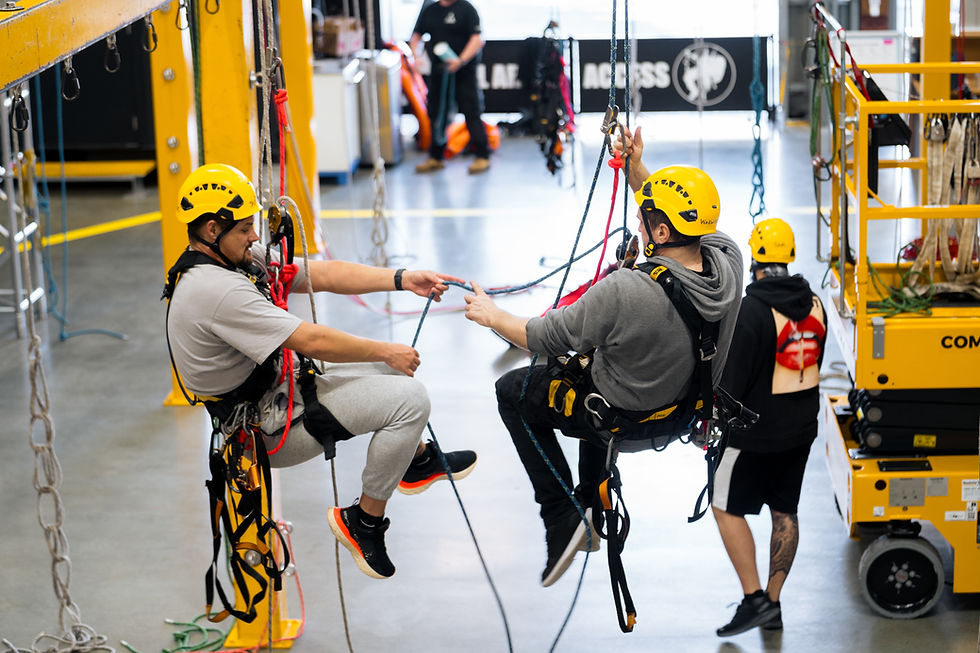Working at height comes with danger, which is why rope access training is crucial. It offers not only access but also life-saving advice. A rope access course provides the foundations for safe mobility and emergency rescue. The professionals who have completed rope access courses are prepared for emergency interventions in high-risk regions. In tight industrial structure or an imposing building, trained personnel are required. Industrial rope access training includes real-life scenarios for rescue that increase confidence. These skills are essential during real situations. With rope access training, individuals can prove that they are able to handle situations efficiently and in a timely manner. The rope access course is more than a skill–it’s a lifeline. Beginning from IRATA level 1 training, learners begin learning essential safety and rescue skills. The IRATA stage one rope access training is intended for teaching how to efficiently maneuver as well as assist others when needed. This IRATA level 1 course teaches the techniques for rescue as part of its structure. It is a recognized IRATA certification, proving readiness for roles on-site. This rope access training is internationally respected and forms the basis of a successful professional journey. If you are searching for additional details on irata training, just go to the mentioned above site.
IRATA training covers essential safety techniques, checks and risk management. The training helps workers handle emergencies with calmness and in a timely manner. The process of accessing ropes begins with education the rope, but its value extends to saving lives. As rope access professionals get experience They can then advance to IRATA level 3. The qualification includes advanced training in rescue planning, team management and risk management. IRATA level 3 training centers on the management of safety for others and reacting swiftly to any unexpected event. A qualified IRATA rope access level 3 technician is usually accountable for safety on site and emergency readiness. They must be capable of saving colleagues at any time. It is the IRATA niveau 3 CSCS card is an added qualification that validates their capabilities for high-risk, construction or other environments. Level 3 holders of rope access are the leaders in security. Their training ensures that they take decisive action when every second counts. In rescue situations, confidence and preparation matter the most. That’s why the industrial rope access instruction is extremely thorough.
Rope access certification is a guarantee that workers will not only be able to climb high places but also handle emergencies that arise there. A IRATA qualification indicates a high degree of discipline and competence. Through IRATA training, technicians work under pressure and are taught to react with confidence. These skills are necessary when working in real-world environments. From offshore platforms to towers The risks are real but as is the preparedness. The rope access courses are designed to aid in quick decision-making as well as disaster recovery and give teams the confidence to tackle unexpected situations. Training in rope access is much more than an essential requirement in the industry. It’s lifesaving preparation. From the IRATA level 1 rope access course all the way to the demanding IRATA rope access stage 3, every phase increases the rescue confidence. To complete an rope access course means knowing how to prevent risk and how to respond when necessary. Level 3 rope access professionals are leaders in this field. By having an IRATA levels 3 CSCS cards, professionals can be equipped for industrial needs. The rope access course gives individuals the ability to guard themselves as well as others. When you have rope access certificates, safety is almost second-nature. When working in high-risk areas, training can save lives.



